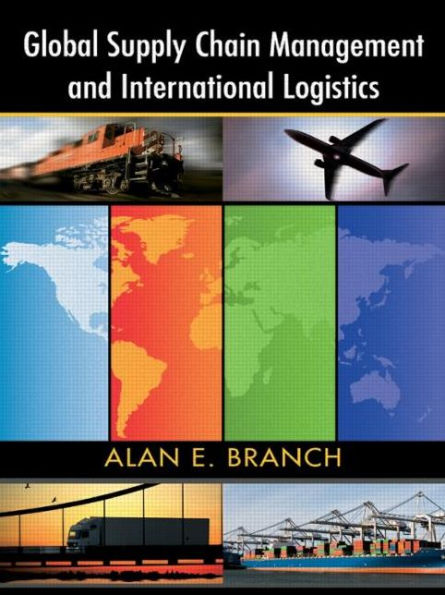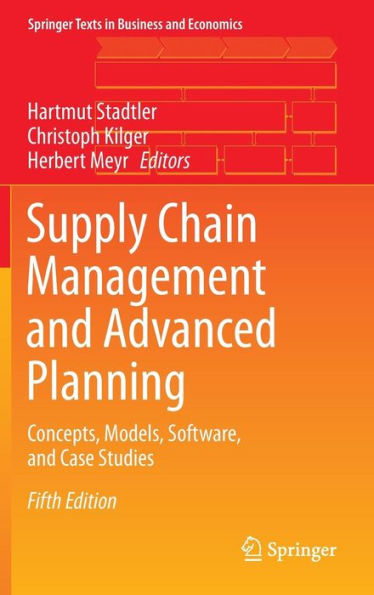Home
Handbook of Supply Chain Management / Edition 2
Loading Inventory...
Barnes and Noble
Handbook of Supply Chain Management / Edition 2
Current price: $140.00


Barnes and Noble
Handbook of Supply Chain Management / Edition 2
Current price: $140.00
Loading Inventory...
Size: OS
*Product Information may vary - to confirm product availability, pricing, and additional information please contact Barnes and Noble
Supply chain management (SCM) disciplines have produced a flood of new concepts, methods, and tools; if applied wisely, they will improve results. A resource that weeds out and consolidates this new information will lower the business risk of implementing change.
Interpreting models and viewpoints from many fields into a supply chain context, Handbook of Supply Chain Management, Second Edition recommends a plan for acting on these insights, reducing confusion and making the work of supply chain managers both faster and more on target with the needs of their companies.
This volume introduces or emphasizes the supply chain management topics that have grown in visibility or prominence since the publication of the first edition. These include: drivers of supply chain change; project management approaches for executing supply chain change; globalization and supply chains; the importance of spheres (businesses within a business) in designing supply chains; the contribution of backbone/enabling processes within an organization; and the "lean" and six sigma movements and their implications for SCM.
Divided into four parts, this volume begins by providing an overview that traces the evolution of concepts that define SCM. It then establishes the role of SCM in improving operations and the ability of businesses to compete.
Section II confronts management with "The Supply Chain Challenge," made up of five tasks that enable management to find solutions to problems and generate ideas for implementing a supply chain improvement project.
Section III describes how to perform critical supply chain improvement tasks, including activities that create a plan as well as tasks needed to implement the plan.
The book concludes with chapters devoted to case studies; each adds reality to theoretical frameworks. They illustrate successful and not-so-successful endeavors across the supply chain spectrum.


















